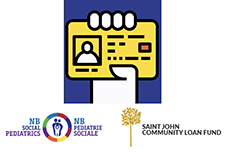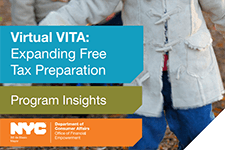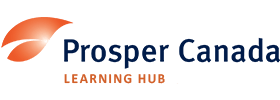Discover financial empowerment resources
Discover financial empowerment resources
NB Social Pediatrics and the Saint John Community Loan Fund recently surveyed 157 New Brunswick and Nova Scotia residents about their experiences with finances, banking, and ID to better understand if biometrics or ID banks could be effective solutions for people living without ID. Eyeing the...

Budgeting and saving are the core building blocks of financial stability and sound financial decision making. In this toolkit you'll find helpful resources and worksheets on goal setting, making a budget, and saving money. We are grateful to The Working Centre in Kitchener-Waterloo, Ontario for...
The 2019 Financial Literacy Annual Report of the Consumer Financial Protection Bureau highlights the Bureau’s Start Small, Save Up campaign, the Office of Financial Education’s foundational research, in conjunction with the Office of Older Americans, to understand the pathways to financial...

This brief and an accompanying interactive map were commissioned by the New York City Department of Consumer Affairs’ Office of Financial Empowerment. The brief provides information on how many New Yorkers are unbanked and underbanked, recognizing their links to financial health. It also...
This brief highlights findings from a small-scale pilot that integrated Virtual Volunteer Income Tax Assistance (VITA) services at two New York City Head Start programs during the 2013 tax season. The New York City Department of Consumer Affairs Office of Financial Empowerment (OFE) coordinated the...

Financial stability affords families with low incomes a bulwark against the crises of sporadic income, unexpected expenses, and a reliance on predatory fringe services and also provides an opportunity to start actively planning for a solid financial future. Achieving a stable financial foundation...
The Immigrant Financial Services Study combined quantitative and qualitative methods to obtain a picture of demand and supply-side barriers and opportunities for financial access for immigrants in New York City. Demand-side research consisted of three initial focus groups, a three-month survey...
Consumer protections safeguard all consumers from predatory practices and enable honest businesses to thrive by ensuring a fair and vibrant marketplace. More than just a regulatory tool, consumer protections—for example, protections against abuse by debt collectors, deceptive advertising by used...
This Report, the second in a series about the “supervitamin effect” of improved social service outcomes when integrating financial empowerment and asset building strategies into public programs, details New York City’s efforts to provide high-quality, effective financial counseling at scale...
The Citywide Financial Services Study provides key data about financial behaviour and access to financial services among New Yorkers with low and moderate incomes. The purpose of the study was to quantify the unbanked marketplace in New York City, identify critical indicators of financial behaviour...
Financial counselling may be an effective way to improve individuals’ financial behaviour and outcomes. However, its impacts have not been adequately studied. Previous studies show weak positive effects of counselling, but are subject to a number of limitations. This study, a collaboration...
The objectives for this research were to: Quantify the unbanked marketplace in New York City; Establish baseline for critical indicators of financial behaviour and household financial stability; Inform the development and targeting of financial counseling services, asset-building programs, and...
